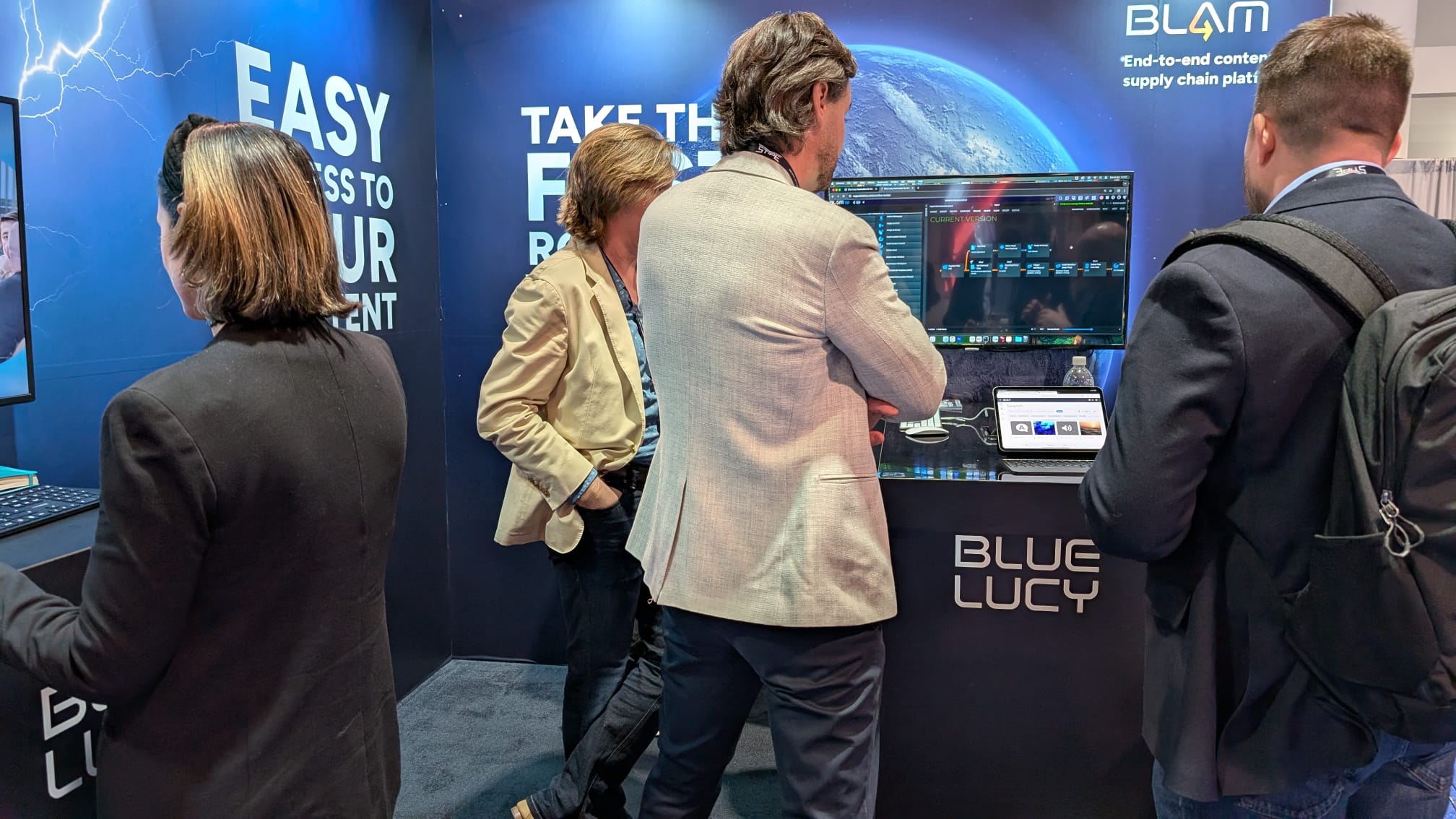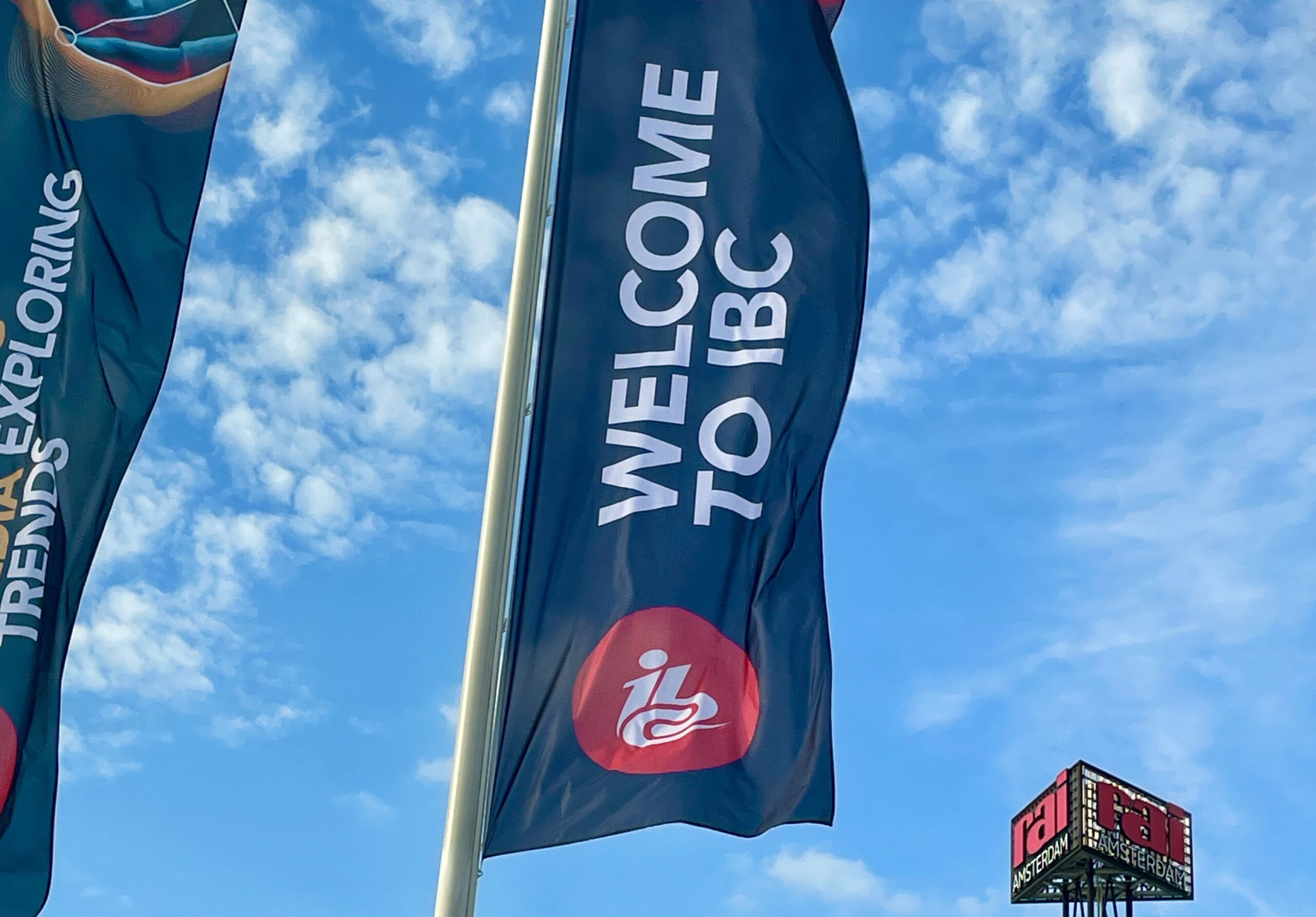
What NAB told us about the future of media tech
This year’s NAB Show in Las Vegas marked a noticeable shift in the priorities of media and broadcast organisations. Gone are the days of chasing flashy, or “cool”, innovation for innovation’s sake. Instead, the conversations we had—and the interest in our solutions—made one thing clear: the industry is doubling down on practicality, efficiency, flexibility and value. As a technology partner, that message resonated with us. It validated our ongoing focus on delivering tools that don’t just push boundaries, but solve real-world challenges—scalably, securely, and cost-effectively. Here are the key themes that shaped our NAB 2025 experience:
Cost Control is Now a Strategic Priority
Across the board, operational cost reduction has become the top agenda item. Many vendors push a “transformation” agenda but from users we heard most “measurable RoI,” “efficiency,” and “time to value.”
Instead of massive technology overhauls, customers are prioritising targeted improvements with measurable outcomes. Our BLAM integration and orchestration platform is designed to support such an approach, streamlining operations without requiring wholesale change – BLAM stood out as a natural fit.
Hybrid Cloud/Ground Is the New Norm
The industry’s cloud conversation has matured. It’s no longer about choosing between on-prem or cloud—it’s about finding the right balance based on operational business need and cost. Organisations are increasingly adopting hybrid architectures that maintain critical workflows on-premises while using the cloud to when its more efficient or cost effective.
Our platform was designed to support hybrid deployment from the outset and enables seamless integration across systems, services, and territories. 80% of our deployments are cloud-ground hybrid and deliver cost effective control, flexibility and scale.
Integration Is Essential, Not Optional
With consumer platforms seeming to grow exponentially across OTT, FAST, and social manual workflows simply can’t keep up.
The benefit of automation is a given, but integration delivers more value through reduced friction, removing manual process, and providing end-to-end visibility. At scale operational efficiency is no longer a business benefit —it’s a survival requirement.
Unlocking the Value of Content Archives
Companies are looking to mine their legacy libraries for untapped value, especially in digital and on-demand markets.
Our tools that support fast discovery, repackaging, and delivery—through automation and easy to access tools. Blue Lucy is helping customers monetise what they already have, without heavy lifting.
Fast Value, Real Accountability
Today’s buyers are sceptical of long, drawn-out transformation programs with vague promises and PowerPoint workflows. They want to see real value—fast.
At NAB, we heard over and over how important rapid deployment, measurable results, and continuous improvement have become. Our approach is that we are a long-term partner in outcomes and continuous service, not just a provider of products.
Empowering the Creator Economy Securely
With content creation becoming more decentralised—and the creator economy exploding—organisations need to give teams secure, flexible access to content.
Whether it’s internal creatives, freelancers, or partners, our platform ensures content is available wherever it’s needed, without compromising security or governance. That balance of ease of access and control is more critical than ever.
Looking Ahead…
NAB 2025 confirmed what we’ve been hearing in conversations all year: innovation still matters, but it must be grounded in usability, agility, and value. Blue Lucy is continuously building technology that meets those demands—today and into the future.








